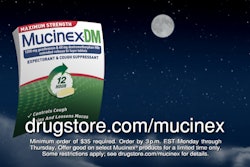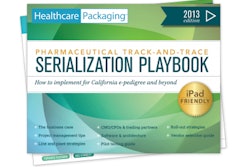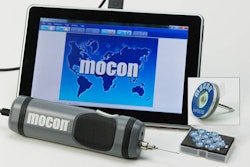
Serialization is a moving target, an ongoing process, and requires a heavy capital spend. These were just some of the points touched on during a spirited panel discussion at Global Track and Trace in Ringoes, NJ, Oct. 23, 2012.*
With planning for California’s 2015 e-pedigree deadlines top of mind for most supply chain managers of pharmaceutical manufacturers, there was a standing room only crowd of more than 80 manufacturers, distributors, contract packagers, consultants, and industry trade group representatives.
Greg Cathcart of Excellis kicked off the meeting and moderated the panel with three companies that have successfully started the process—representing different-sized companies, some only focused on the U.S., others global, some with huge sales, some modest.
Cathcart showed a slide with a pie divided into the four stages of a serialization project, and asked the panelists where they were on the diagram.
1. Strategy and planning
2. Selecting partners and technology
3. Planning and implementation
4. Enabling the supply chain
Some were further along than others, although all have experienced some success. All shared the same challenges with capitalization and moving beyond internal execution.
All agreed while the packaging line component was not easy, the data infrastructure was far harder. “We started out focused on the packaging line,” said one participant, “and quickly discovered the IT angle is much tougher.”
“The intent of any serialization program is to get the packaging lines fully automated,” said one. This change of focus brings with it many changes in equipment, physical plant, software, and controls, etc. But that is not the heart of serialization—data is.
Another added, “We finally decided as long as they could get us what we wanted and how we wanted it, they really could be left alone to figure it out.”
Flexibility, we keep hearing, is the key to building a successful system. You need to be ready for the next line, the next regulation, and the next country. The four steps should not end at number four, but lead back to step number one, and you’re never really finished, it’s a continuous circle.
“We changed strategy and modified our plans almost continually,” said one participant. You’ve got to be really flexible and willing to shift gears as your learning curve grows.
“That’s a lot of data, where does it all go?” one asked. “Who do you share with and how, and what do you want back from them?”
One panelist commented they took so long in stage 1 with all the delays in the California timeline that stage 2 was easy—they were really ready to go. But those delays caused problems as well. “Every time California got pushed out it killed us with senior management,” one panelist commented.
Going before the capital committee is never easy, but with serialization you are sometimes quoting figures 10 times the magnitude of previous requests.
“With the size of the numbers we were quoting, it was imperative we spent a lot of time educating the senior leadership team.”
Getting all your team members involved—packaging, operations, IT, quality, labeling, etc., gives more credence to the capital request.
It also helps to move in 12-month increments where you can be pretty sure to deliver a close-to-target budget. The further out you plan, the harder it is to stay on target. Think of your initial funding as round one, then take a breath to analyze what you have learned before going back for a second round. The number in totality can be pretty scary, especially to a smaller manufacturer.
One audience member chimed in that you have to present it to financial people as a compliance issue with no option—do not get hung up on ROI. “The business benefits and advantages are great, but don’t lose sight of the fact this is a compliance issue.”
Others worried that senior management could choose not to get started and “wait and see” what California or the FDA does.
By then it will be too late, everyone agreed. You’ve got to get started now and resources are going to be an issue for everybody.
To add to the confusion, a presentation earlier in the day outlined a 2007 project that was initiated, not to comply with e-pedigree, but to gain visibility into where product was being diverted, and that project realized a positive ROI.
Serialization is “a moving target,” all agreed.
While various panel members had achieved success with some or all of the four steps, no one had moved their serialization solution outside their own organization to their supply chain partners.
A contract packager in the audience expressed some frustration that “our customers are all focusing internally right now, we have to take the initiative and invest capital, and end up with a ‘per-piece’ pricing strategy to recover those costs.”
Even the panelist from a large, multinational company admitted t not having broached serialization with their CPs yet.
An audience discussion centered around the difficulties, not for large distribution centers or retail pharmacies, but for smaller wholesalers. “Heck, I could see some of those folks going out of business,” said one audience member. “That’s what California would like to see,” said another. “That’s where they think most of their problems are!”
A panelist addressed workforce issues as well. “How do we develop an internal team so we can be less dependent on consultants?”
And how do you retain those employees so you don’t end up paying for an expensive training curve they take somewhere else?
*Healthcare Packaging gained access to the private event with an agreement to not name or directly quote any participants, or reveal their companies.






















